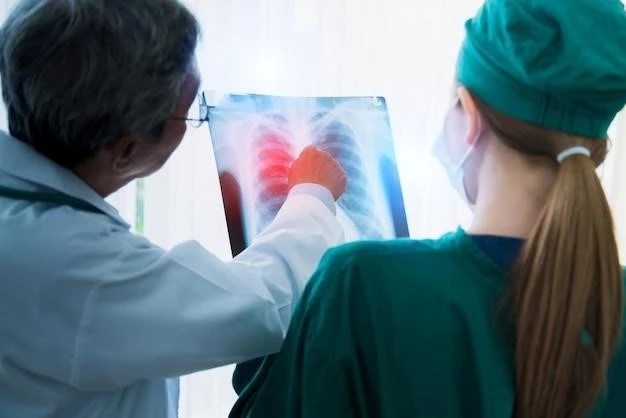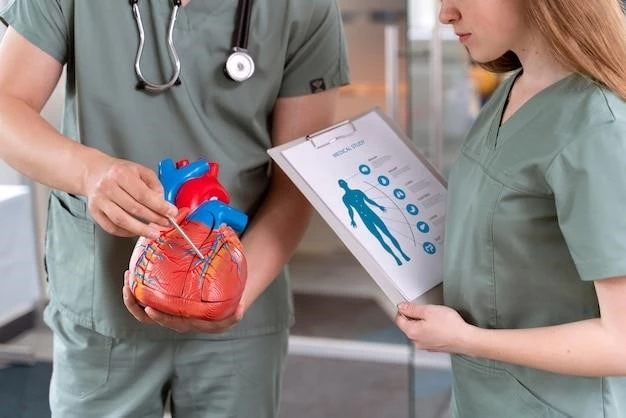Article Plan⁚ Disease — Pulmonary Arterio-venous Fistula
Pulmonary arteriovenous malformations (PAVMs) are abnormal communications between pulmonary arteries and veins‚ creating right-to-left shunts. They are also known as pulmonary arteriovenous fistulae or aneurysms‚ impacting gas exchange and systemic venous blood filtration.
Definition and Overview
Pulmonary arteriovenous malformations (PAVMs)‚ also known as pulmonary arteriovenous fistulae‚ are abnormal communications between pulmonary arteries and veins‚ leading to right-to-left shunts within the lung. These malformations impact gas exchange and filtration of systemic venous blood. The condition‚ although uncommon‚ requires attention due to its implications on respiratory and circulatory functions. Understanding the nature of PAVMs is crucial for effective management and treatment.
Types of Pulmonary Arterio-venous Fistulas
There are various types of pulmonary arteriovenous fistulas (PAVFs) that can affect individuals. These include simple and complex PAVFs‚ based on the characteristics of the abnormal vascular connection between the pulmonary artery and vein. Additionally‚ PAVFs can be classified as congenital or acquired‚ with most cases being associated with hereditary hemorrhagic telangiectasia (HHT). Understanding the different types can help in diagnosing and managing this condition effectively.
Symptoms and Clinical Presentation
Pulmonary arteriovenous fistulas may present with a range of symptoms‚ including shortness of breath‚ fatigue‚ cyanosis (bluish discoloration of the skin)‚ clubbing of fingers‚ and recurrent respiratory infections. Some individuals may also experience strokes‚ brain abscesses‚ and complications related to reduced oxygen levels in the blood. Prompt medical evaluation is crucial if any of these symptoms are observed.
Causes and Risk Factors
The development of pulmonary arteriovenous fistulas is often associated with genetic conditions like hereditary hemorrhagic telangiectasia. Trauma‚ liver disease‚ or lung injuries can also lead to the formation of these abnormal connections between arteries and veins in the lungs. Understanding these causes and risk factors is crucial in assessing the likelihood of developing pulmonary arteriovenous fistulas.
Diagnosis of Pulmonary Arterio-venous Fistulas
Diagnosing pulmonary arteriovenous fistulas typically involves a combination of imaging tests‚ such as contrast echocardiography‚ CT angiography‚ or pulmonary angiography. Contrast echocardiography can reveal the shunting of blood between the pulmonary artery and vein. Additionally‚ pulse oximetry and blood gas analysis can help assess oxygen levels in the blood‚ aiding in the diagnosis of this condition. Early and accurate diagnosis is key to initiating appropriate management strategies.
Treatment Options
The management of pulmonary arteriovenous fistulas typically involves approaches such as embolization‚ where a catheter is used to block or close off the abnormal blood vessels. In some cases‚ surgical removal of the fistulas may be necessary‚ especially if embolization is not feasible or effective. Close monitoring and follow-up care are essential post-treatment to assess the effectiveness and any potential recurrence of pulmonary arteriovenous fistulas. Always consult with healthcare professionals to determine the most suitable treatment plan tailored to individual needs.
Surgical Interventions for Pulmonary Arterio-venous Fistulas
When non-invasive treatments like embolization are not suitable or effective for pulmonary arteriovenous fistulas‚ surgical interventions may be considered. Surgical removal of the abnormal connections between the pulmonary artery and vein is a viable option to address this condition. It’s essential to consult with a specialized healthcare team to determine the most appropriate surgical approach based on individual factors and the specific characteristics of the pulmonary arteriovenous fistulas.
Prognosis and Complications
The prognosis for individuals with pulmonary arteriovenous fistulas varies depending on the size‚ location‚ and number of fistulas present. While some cases may remain asymptomatic‚ others can lead to serious complications such as strokes‚ brain abscesses‚ and respiratory issues. Detection and timely intervention are crucial to prevent potential complications and improve outcomes. Regular monitoring and adherence to treatment recommendations can positively impact the prognosis associated with pulmonary arteriovenous fistulas.

Hereditary Hemorrhagic Telangiectasia (HHT) and Pulmonary Arterio-venous Fistulas

Patients with hereditary hemorrhagic telangiectasia (HHT) are at an increased risk of developing pulmonary arteriovenous fistulas (PAVF). This inherited disorder leads to abnormal blood vessel formation‚ predisposing individuals to PAVFs. Understanding the connection between HHT and PAVFs is essential for early detection and tailored management strategies. For individuals with HHT‚ regular monitoring for PAVFs is recommended to mitigate potential complications.
Research and Clinical Studies on Pulmonary Arterio-venous Fistulas
Research and clinical studies on pulmonary arteriovenous fistulas (PAVFs) focus on understanding the pathophysiology‚ genetic associations‚ diagnostic modalities‚ and treatment outcomes for this condition. Recent research has delved into the relationship between hereditary hemorrhagic telangiectasia (HHT) and PAVFs‚ shedding light on genetic predispositions and potential therapeutic targets. Clinical studies evaluate the effectiveness of embolization‚ surgical interventions‚ and long-term management strategies to optimize patient care and outcomes. Stay updated on the latest advancements in PAVF research to guide evidence-based decision-making.
Importance of Early Detection and Management
Early detection and proactive management of pulmonary arteriovenous fistulas are crucial in preventing potential complications and improving outcomes. Timely diagnosis through imaging techniques‚ such as contrast echocardiography and CT angiography‚ allows for prompt intervention. Discussing symptoms with healthcare providers and undergoing regular screenings‚ especially for individuals with hereditary hemorrhagic telangiectasia‚ can aid in the early identification of pulmonary arteriovenous fistulas. Engaging in proactive management strategies can significantly impact the long-term health and well-being of individuals affected by this condition.
Lifestyle Modifications and Follow-up Care
After the diagnosis and treatment of pulmonary arteriovenous fistulas‚ lifestyle modifications can contribute to overall well-being. Adopting a heart-healthy diet‚ engaging in regular physical activity‚ maintaining a healthy weight‚ and avoiding tobacco smoke are beneficial practices. Follow-up care‚ including regular monitoring with healthcare providers‚ imaging tests‚ and blood work‚ is essential to track the condition’s progression and address any potential concerns promptly. Stay proactive in managing your health to optimize long-term outcomes.
Conclusion and Future Outlook
In conclusion‚ pulmonary arteriovenous fistulas (PAVFs) present challenges in diagnosis and treatment‚ often requiring a multidisciplinary approach for optimal patient care. With advancements in imaging technologies and interventional procedures‚ the outlook for individuals with PAVFs is improving. Future research efforts should focus on refining diagnostic methods‚ exploring novel treatment modalities‚ and enhancing long-term monitoring strategies to further enhance patient outcomes. By raising awareness about PAVFs and emphasizing the importance of early detection and management‚ healthcare providers can positively impact the lives of affected individuals and pave the way for better prognosis in the future.
